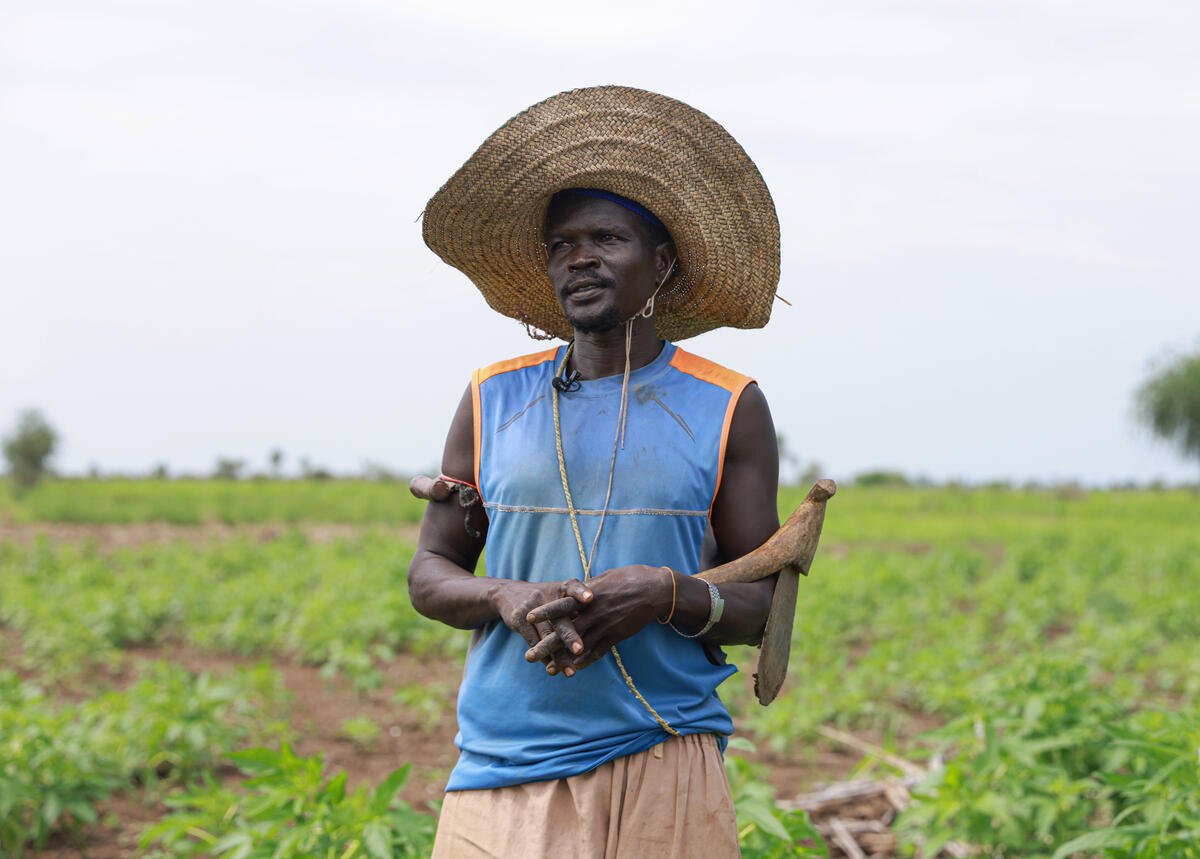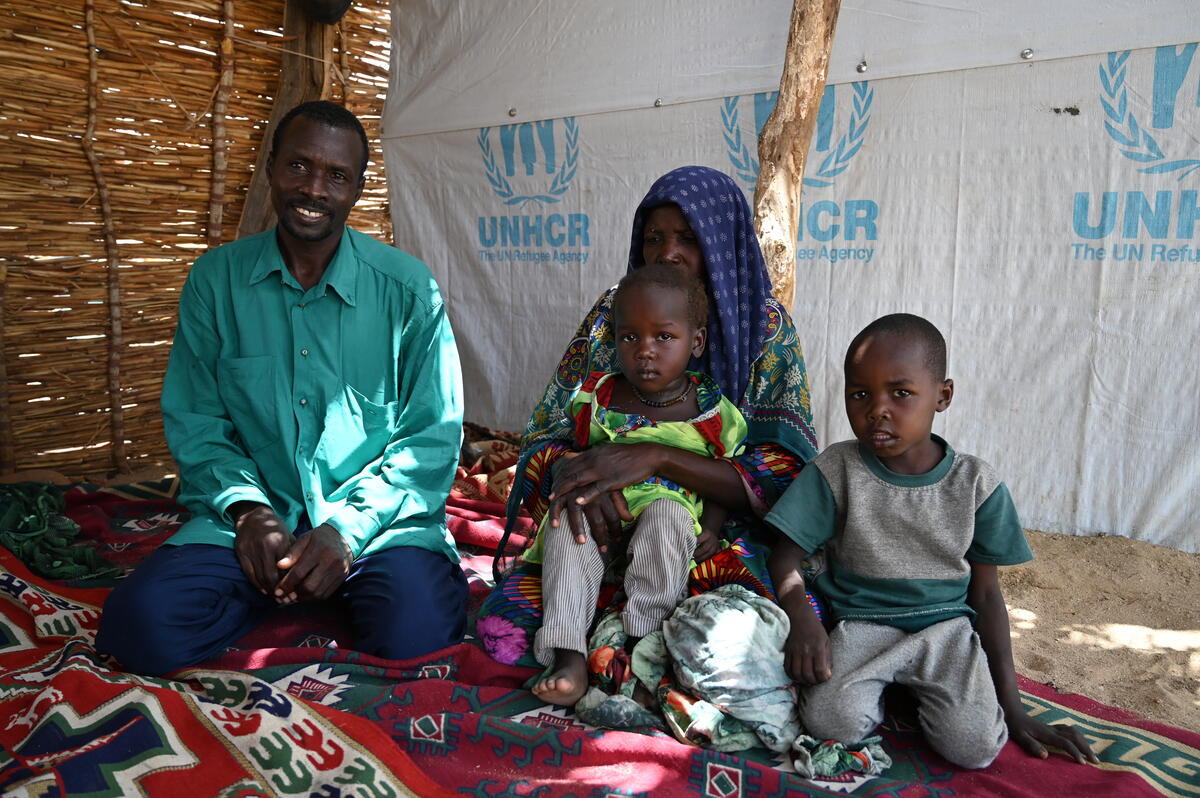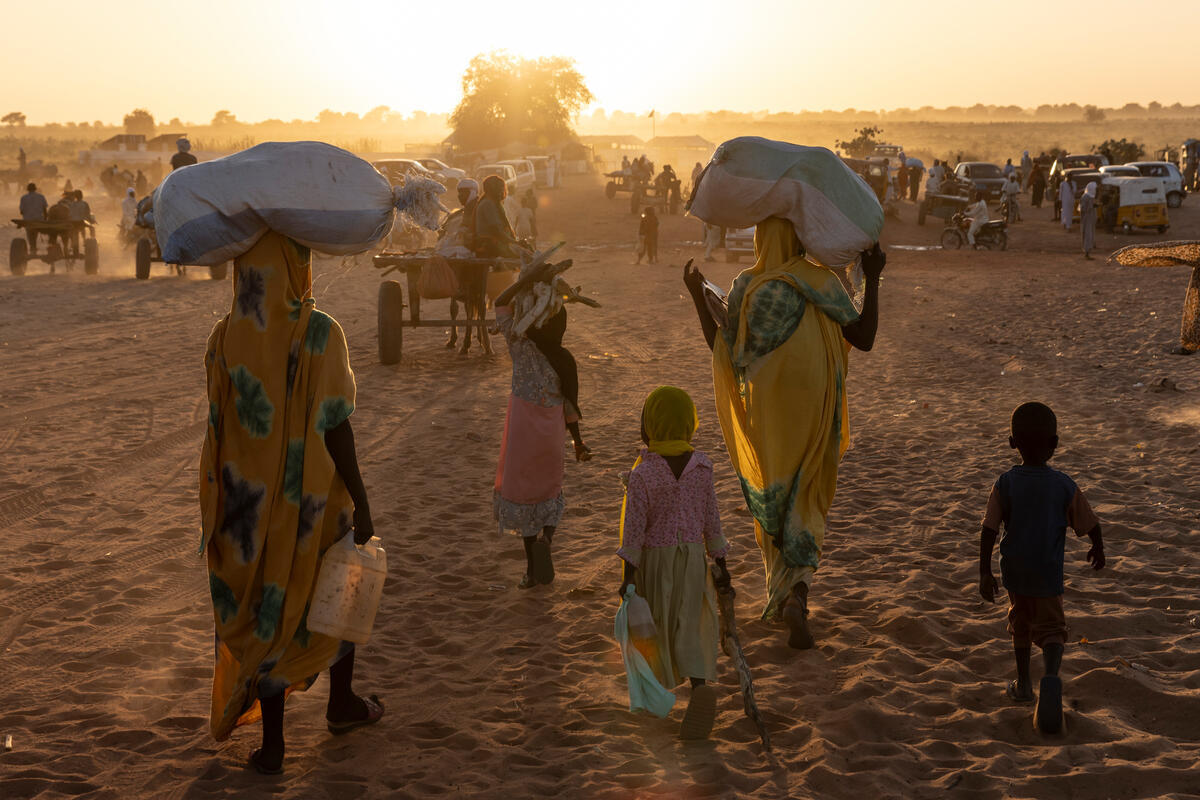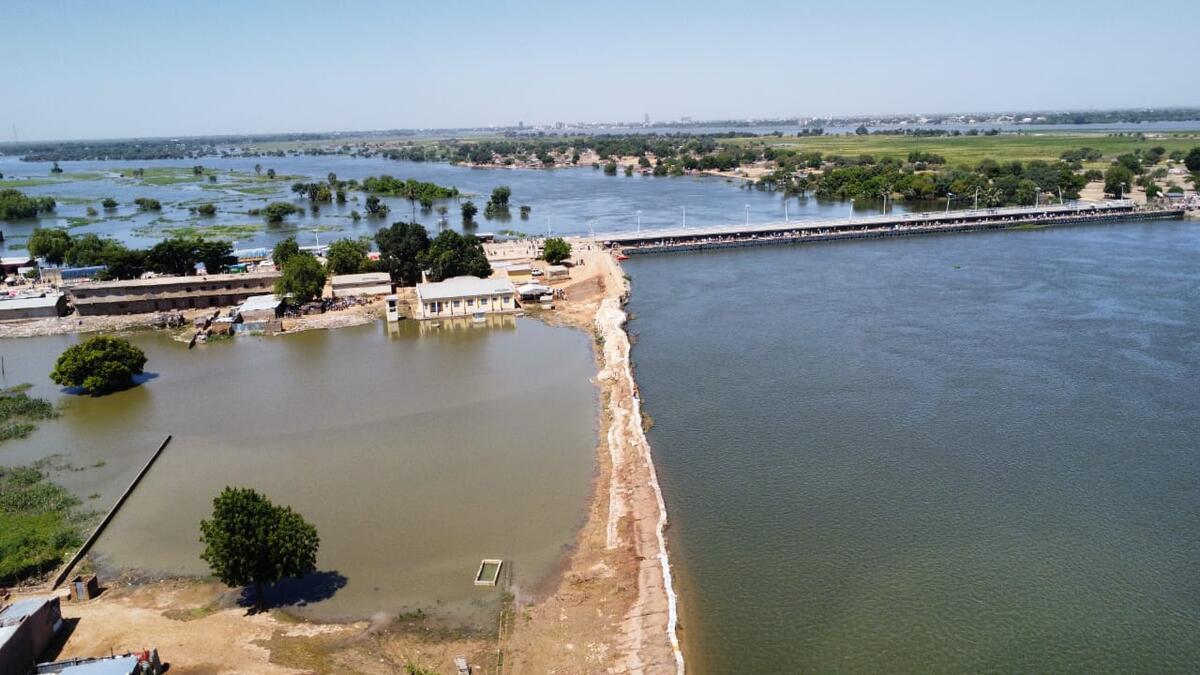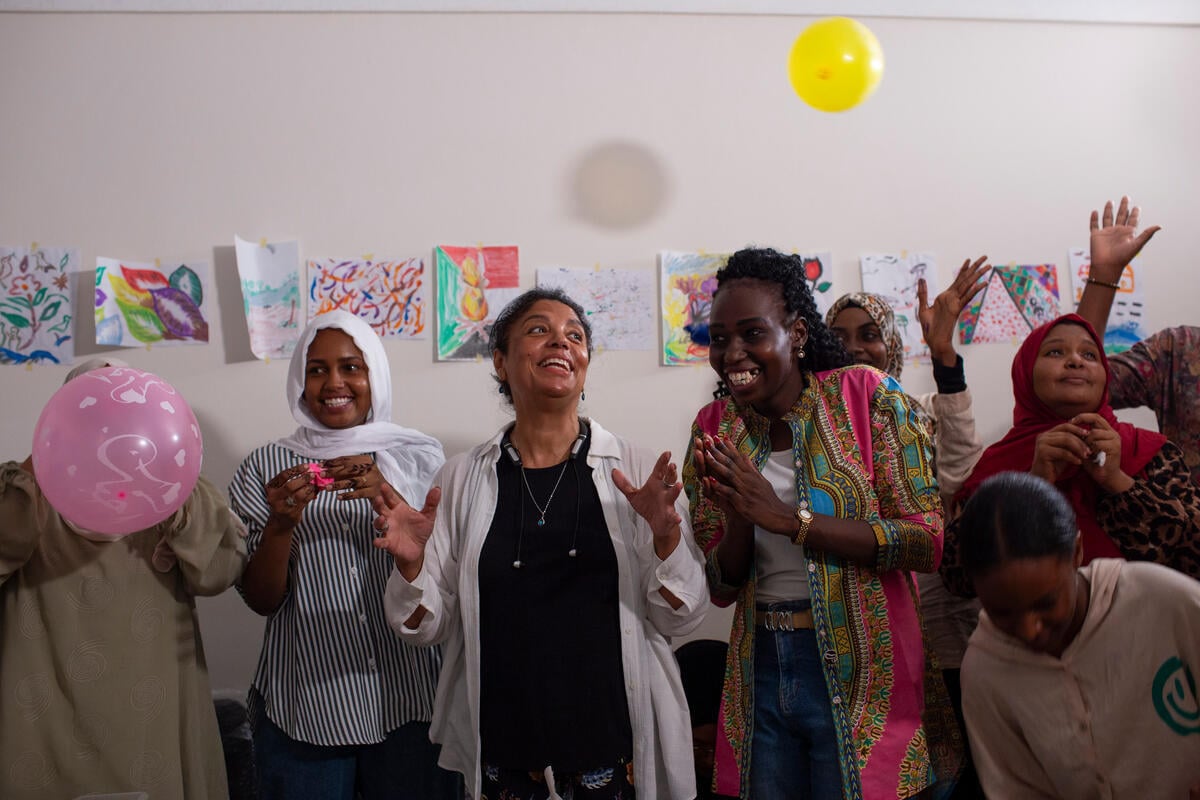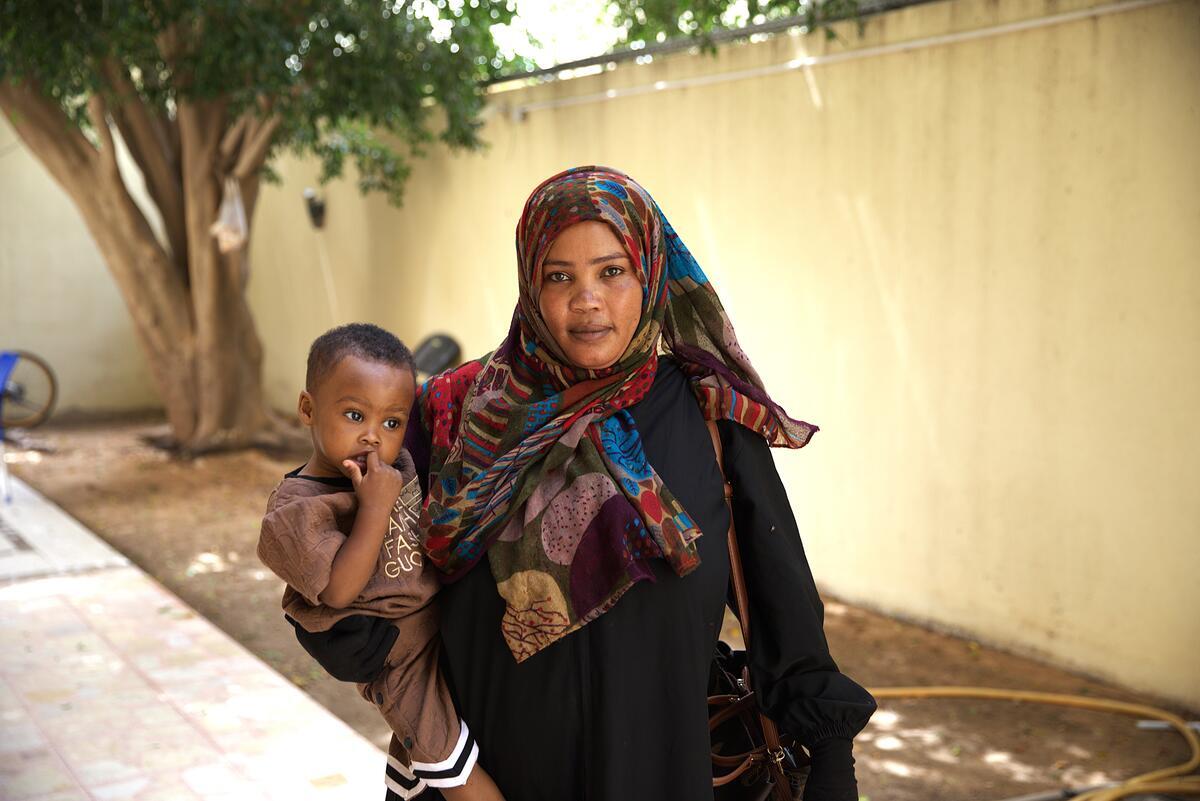Chad/Darfur: continuing insecurity
Chad/Darfur: continuing insecurity
More than two months after the eruption of fighting in the northern part of Sudan's West Darfur region, UNHCR has transferred some 5,400 new Sudanese refugees to two Chadian camps. But we estimate another 8,000 people remain scattered in several villages along the volatile Chad-Sudan border.
Continuing insecurity along the border and the logistical challenges of operating in such a remote environment have made the transfer operation extremely difficult. There has been sporadic military activity on the Darfur side of the border, and armed groups are often seen on the Chadian side. On Sunday morning, a UNHCR team on the Chad side of the border witnessed aerial bombing on the Sudan side south-east of the Chadian border town of Birak.
Since we began the transfer operation in early March, we have moved 5,287 of the new arrivals to Kounoungou Camp, which was recently extended but has now reached its capacity of 18,900 refugees. Nearly 90 percent of the new arrivals are women and children. With Kounoungou now filled, we began on Tuesday transferring recent arrivals to a second camp - Mile, about 20 km north of Kounoungou. The first group of 112 refugees went to Mile on Tuesday, followed by a second group of 59 on Wednesday. Most of the refugees had been living in the open since the fighting erupted in the northern part of West Darfur on Feb. 9.
UNHCR is completing an extension of Mile Camp to accommodate a further 4,000 refugees. Mile currently houses about 16,200 Darfurians. The two camps are among 12 operated by UNHCR along a remote, 600-km stretch of the Chad-Sudan border. Altogether, the camps in eastern Chad hold some 250,000 Darfur refugees.
UNHCR does not expect that all of the remaining 8,000 refugees at the border will opt to move to the camps.
Upon arrival in the camps, the refugees are given medical examinations, children are vaccinated and families receive tents and household kits. The tents are used as temporary shelter until the refugees can build sturdier mud brick huts.

